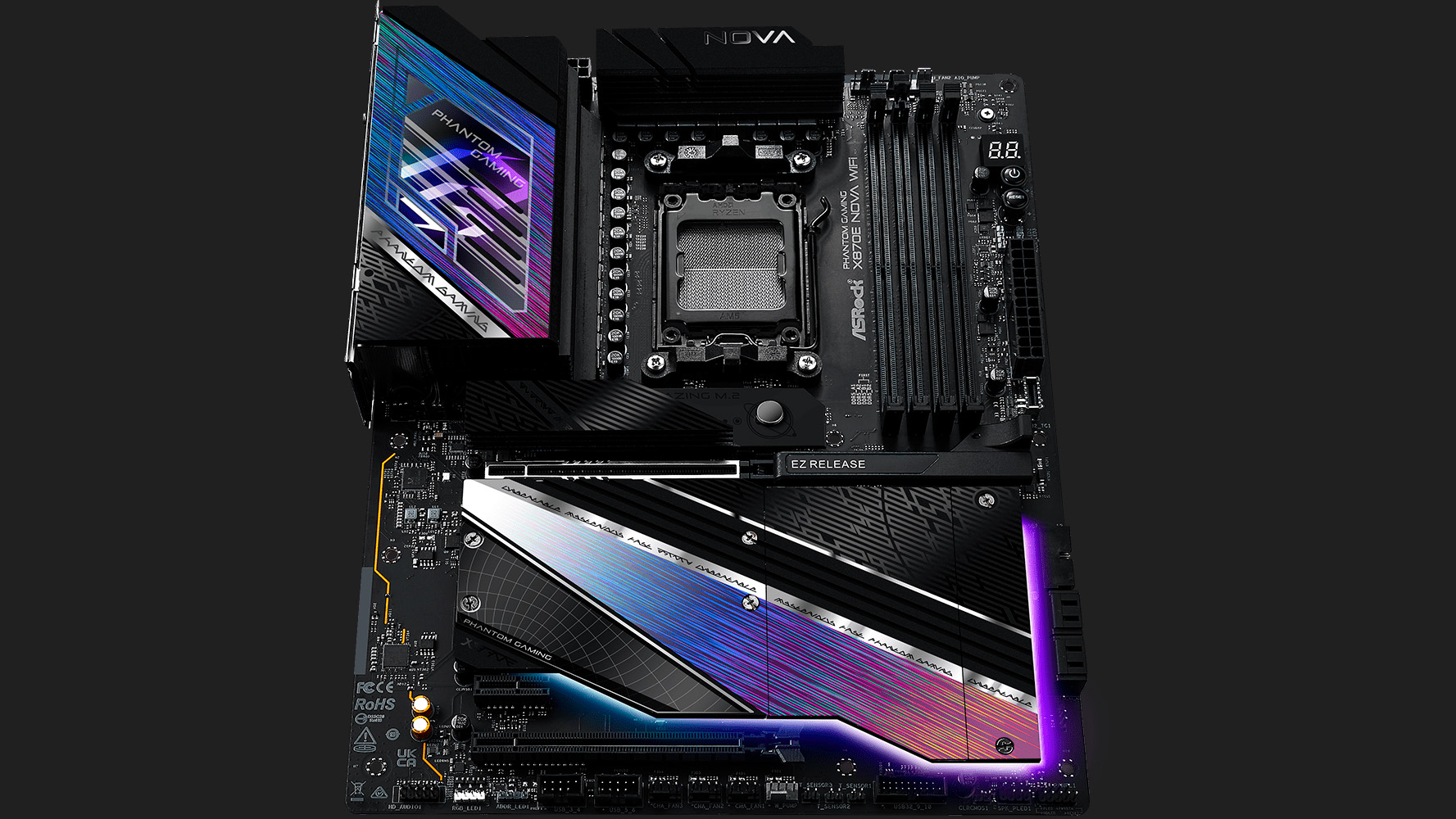ASRock has released a new firmware update, version 3.40, for its AMD 800-series motherboards. One of the changelog entries mentions improving processor operating stability, which might be connected to the recent AM5 burning socket issues. Uniko's Hardware first pointed out the new update.
The changelog for firmware is always concise - sometimes too brief to be of any use to the user. The one for the 3.40 firmware references "improve memory compatibility and system stability" and "enhance CPU operating stability." It's unclear whether this firmware addresses the problem with Ryzen processors burning up, but given the time of release, it's certainly possible.
Without a detailed changelog, we're unable to investigate what exactly has changed in the 3.40 firmware. Nonetheless, users on the ASRock subreddit claim that the motherboard manufacturer has toned down the values related to the different voltages.
Apparently, the vendor has set a fixed SoC voltage (VDDCR_SOC) at 1.2V. If you're not into overclocking or tuning, the SoC voltage controls the amount of power supplied to the processor's I/O components, such as the memory controller, iGPU, PCIe lanes, etc. It's a voltage that's useful when memory overclocking or when you're enabling the AMD EXPO profile on your memory kit.
There's no official safe value for the SoC (System-on-a-Chip) voltage. AMD's AGESA code puts a hard limit of 1.3V, so obviously, the lower the voltage, the better. The consensus is to keep it at 1.2V or lower for everyday usage.
Besides the SoC voltage, it appears that ASRock has set the LLC (Load-Line Calibration) level to 3 for the SoC voltage, rather than leaving it on automatic. The VDDCR_SOC LLC setting essentially adjusts the voltage supplied to the SoC by increasing it to offset voltage drops (V-droop) during periods of heavy load conditions. The level indicates how aggressive you want the VDDCR_SOC LLC to be. A value of 3 is more conservative and likely represents the middle setting, which is beneficial since auto can sometimes be detrimental by adding too much voltage.
The general rule of thumb for motherboard firmware updates is that if it's not broken, don't fix it. However, given recent events, this firmware might be one you should update if you're using an ASRock motherboard.
Follow Tom's Hardware on Google News, or add us as a preferred source, to get our up-to-date news, analysis, and reviews in your feeds. Make sure to click the Follow button!

 3 months ago
73
3 months ago
73






 English (US) ·
English (US) ·